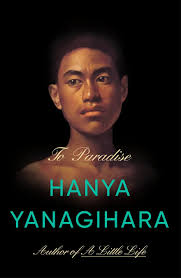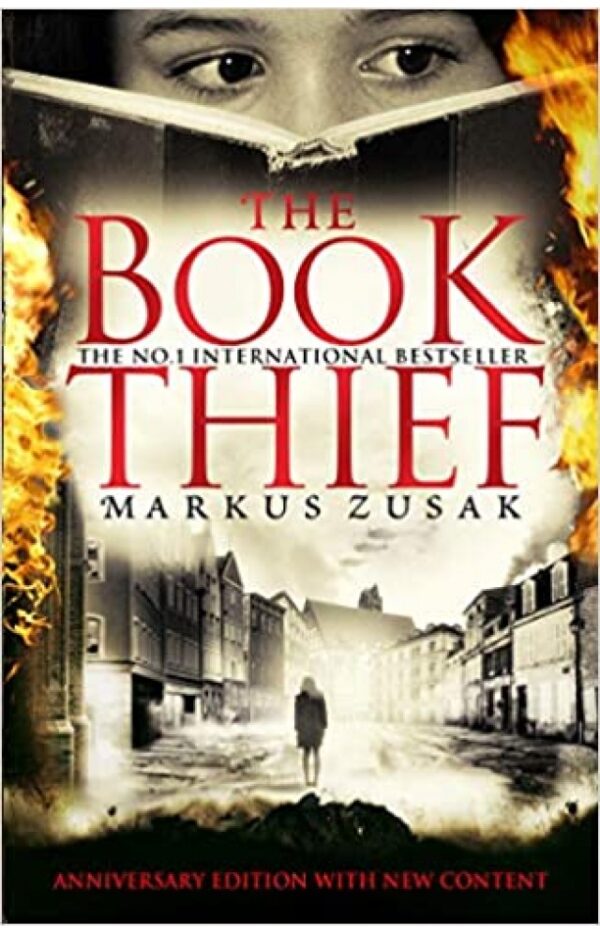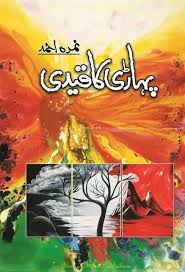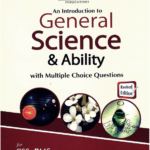Description
Immersive, far-reaching: To Paradise” is this kind of novel-three timelines, separated by so-called changes, forming a beautiful, quiet, passionate tapestry of love, loss, conditions of society, and the pursuit of happiness. Though not as new to the literary scene as many of her peers, Yanagihara’s previous novel, A Little Life, a bestselling masterwork, proves her capable of rendering depth and richness in writing about that most abstract of concepts, paradise, in all its contexts.
Summary:
Plot Structure The novel is divided into three different sections. It is framed in the time line of America and its alternate version, happening in different time periods.
Part One (1893): In this part, the protagonist is David Bingham, a very young man in an absolutely homophobic society where same-sex love is banned. Here, caught between family obligation towards his extremely wealthy family and his desires for love and acceptance to enter his life, David’s life takes a turn when he falls in love with Edward: everything David could wish for as a pursuit—freedom and authenticity. This part wrestles with love, privilege, and the restrictions of societal norms.
Part Two (1993) In part two, the story moves to a dystopian United States where there are formalizations about relationships and citizenship. The section majorly revolves around David living in a world with an understanding of personal rights but also societal oppressions. He tries to focus on who he is, his love, and the oppression around his society.
Section Three (2093): The final section brings an even more complex society that’s grappling with the effects of climate change and unrest in society. At this point, David’s life weaves through a new set of characters dealing with their kind of love loss as well as meaning of paradise amidst change.
Like love, sacrifice is among the dousiest themes as it happens under complicated circumstances. Here, Yanagihara focused on the real nature of love, clearly discussing how it may be both a source of joy and pain. The novel seeks to raise questions in the minds of characters while challenging their consciousness of happiness and fulfillment.
Through each section, constructs of like class, race, and sexuality are analyzed concerning how these impact personal identity and relationships. Yanagihara rejects the idea of paradise as placed within a world defined by outside constraints and inner desires.
Themes:
Love and Acceptance: This paper most inconveniently keeps running with the theme of love and acceptance because its characters are searching for love as well as fighting to be accepted in a strictly monitored society.
Paradise and Dystopia: The novel juxtaposes the very notion of paradise with the hard realities that characterize the life of the characters, leaving the reader with some serious considerations regarding what happiness is.
Cultural and Historical Contexts: The presentation of two timelines offers a different form of American history and societal norms, reflecting the way in which the past has a holding effect over the present and the future.
Writing Style:
Only Hanya Yanagihara has the gift of lyrical and introspective writing coupled with deep character building and intricate prose. She draws a fully comprehensive world that includes readers deeply in the thought and experiences of the characters. That shuffling through timelines is so smooth that gives an impression of depth and complexity to the themes above.
Conclusion
This novel is a deeply moving, emotionally charged novel that speaks to the complexities of love, identity, and social expectations of yesteryears. In that ambitious structure and profound themes, Yanagihara’s work is sure to challenge the mind of its readers to reflect upon their personal definitions of paradise and sacrifice made for the in-quest for happiness, which would surely appeal to those interested in a more literary exploration of relationships and human condition.










Reviews
There are no reviews yet.